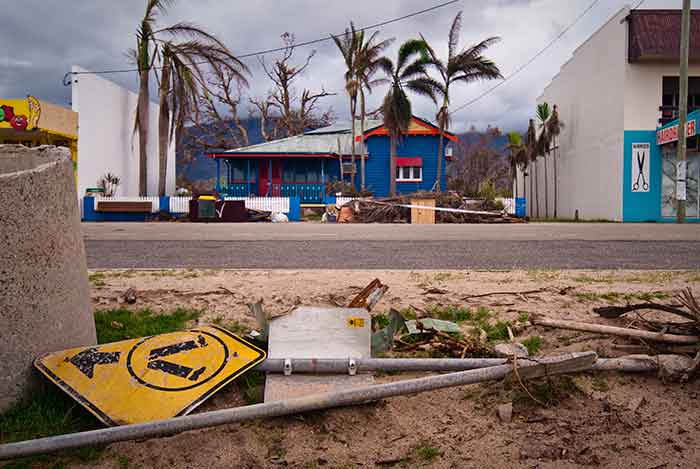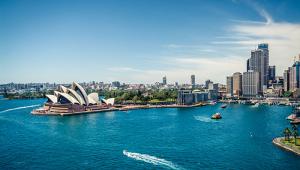web_cycloneaustralia_istock_000026123769_large.jpg

Damage from a tropical cyclone in Australia
This is the conclusion of a report, commissioned by the Australian Business Roundtable for Disaster Resilience and Safer Communities, which warned that the cost of national disasters in Australia could be as much as 50% more than previously estimated.
The report said that between 2002 and 2011 Australian governments were spent AU$450m, or 1.6% of total public infrastructure spending, every financial year on restoring essential assets following extreme weather events.
It estimated that between 2015 and 2050, AU$17bn in total will be needed for infrastructure damaged by natural disasters.
“It is clear that there is a need for stronger coordination across government and other infrastructure providers, and an opportunity to embed resilience into government policy and planning activities,” said Paul O’Sullivan, chair of Australian mobile phone operators Optus.
The research also took into account the social impacts of natural disasters, such as stress-related illnesses. This put the price tag of natural disasters in Australia in 2015 at AU$9bn, or 0.6% of the country’s gross domestic product.
These costs are expected to double by 2030 and nearly quadruple by the middle of the century, as both the number of people and the number and severity of storms, floods, cyclones and bush fires rise.
The report estimates that social costs, which also include mental health issues, family violence, chronic disease and alcohol misuse, were at least as much and if not higher than tangible costs such as the destruction of property.
“This report shows the long-term cost of the social impact of natural disasters on our communities and economy, and the benefits of embedding resilience into planning decisions for critical infrastructure,” said Peter Harmer, managing director and CEO of Insurance Australia Group.
“Sadly the devastation of bushfires, floods and earthquakes on our communities can last for years, if not decades,” he said.
The report, prepared by researchers from Deloitte, was commissioned by the roundtable, which is made up of six of Australia’s leading CEOs and aims to influence policy via evidenced-based reporting on the cost to life, property and the economy.













